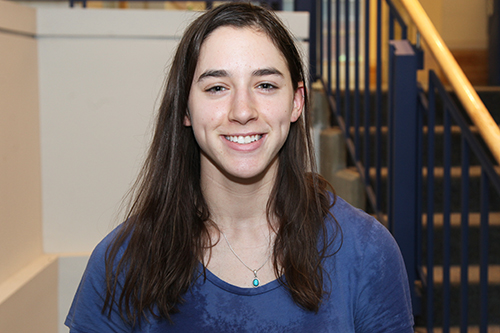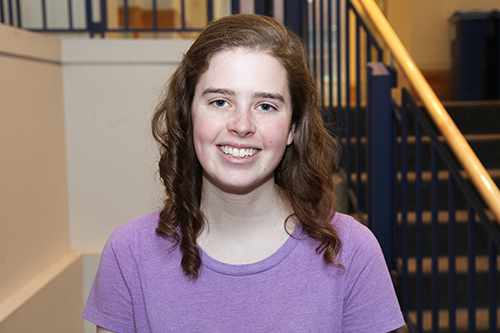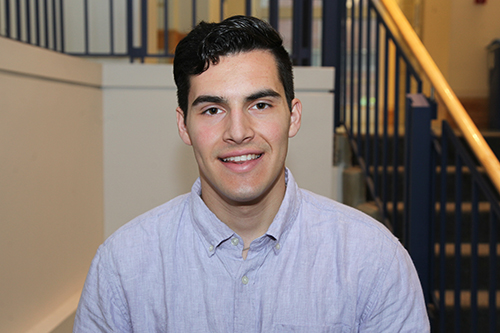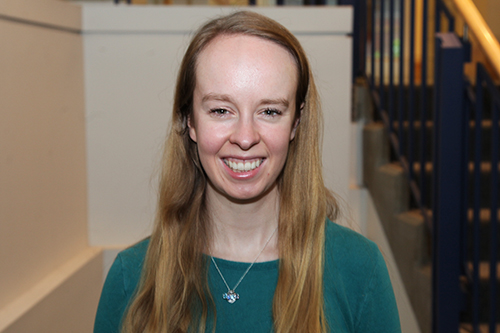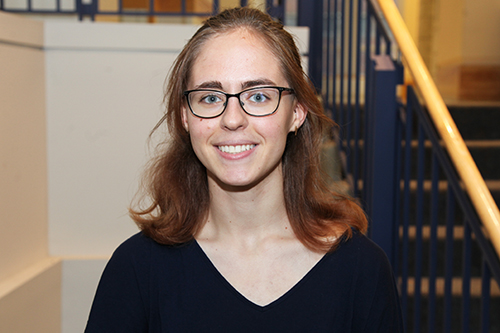2018 Trainees
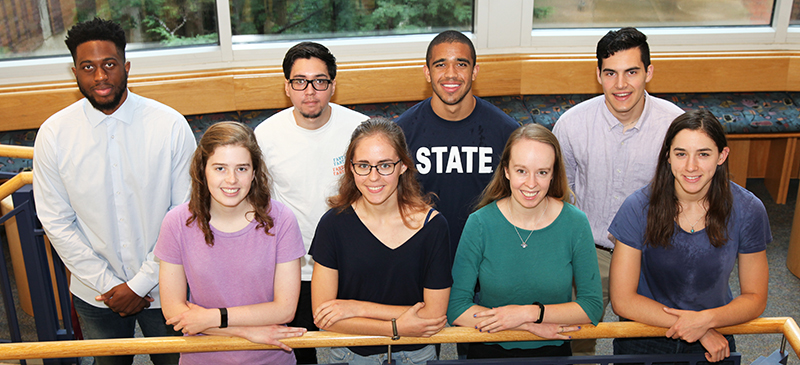

|
Donovan Brown
Mentors: Borden Lacy, Eric Skaar, Walter Chazin
2018 Lou DeFelice Summer Student Travel Award Winner
Research Abstract:
|
|
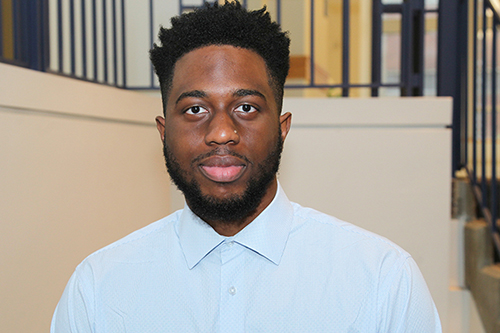
|
Andy Dorfeuille
Mentor: Walter Chazin
Andy was featured in the August 2, 2018 Vanderbilt Reporter.
Research Abstract: |
|
|
|
Anna Lauko
Mentor: Carlos Lopez
|
|
|
|
Jonathan Lee
Mentor: Michael Stone
|
|
|
|
|
Kathleen McClanahan
Mentor: Brian Bachmann
We aim to elucidate the biosynthetic pathway of the aromatic moiety dichloroisoeverninic acid (DCIE), a substructure implicated in the antibiotic activity of the everninomicins. An acyl transferase (AT) and a polyketide synthase (PKS) are involved in the biosynthesis of the orsellinic acid (OSA) core of DCIE, but little is known about the mechanism of this process. In vitro biochemical studies will elucidate the critical interactions between the AT and PKS involved in DCIE biosynthesis. Additional biochemical turnover assays will focus on utilizing the AT to attach unnatural substrates to the everninomicin core to produce novel analogues. This project will uncover the vital interactions between enzymes involved in everninomicin biosynthesis and allow access to analogs with increased antibacterial activity. Through this work we hope to revitalize this powerful class of molecules for clinical use. |
|
|
Nicolas Robalin
Mentor: Gary Sulikowski
|
|
|
|
Caroline Stanton
Home Institution: University of North Carolina Research Abstract: Clostridium difficile is the leading cause of healthcare-associated infective diarrhea and can be fatal in the elderly and those who have diminished gut microbiota due to antibiotic use. Traditional treatments often include antibiotics, which are not always effective and can contribute to recurrence. C. difficile infection is known to be a toxin-mediated disease and while the toxins are the major components of its pathogenesis, other less-studied proteins should also be investigated to determine their functions and potential as drug targets. The proteins I intend to investigate are C9YJA5 and C9YJB7, both of which have unknown structures and functions in C. difficile. However, C9YJA5 has been identified as a C. difficile spore-coat protein and is homologous to methyltransferases from other species, making it a potential immunotherapy target. C9YJB7 may be downregulated in a toxin-deficient strain of C. difficile, suggesting that it could be linked to toxicity. I have recombinantly expressed these proteins in E. coli, purified them using affinity and size exclusion chromatography, and performed preliminary crystallization screens. By trying different protein concentrations and crystallization conditions, I hope to identify favorable conditions for crystal formation. I will then collect X-ray diffraction data from these optimized crystals to elucidate the protein structures. I also plan to pursue other biophysical assays such as dynamic light scattering to further characterize these proteins. This structural information will allow for better understanding of the proteins’ functions and their potential as therapeutic targets for more efficient treatment of C. difficile infection.
|
|
|
|
Morgan Vanderwall
Mentor: Lauren Buchanan
|
|
| |

